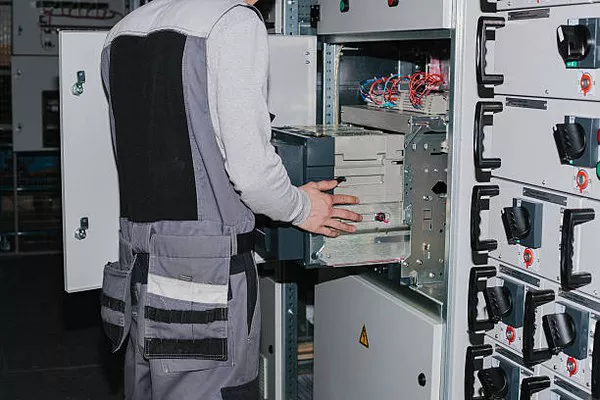Transformers stand as the backbone of electrical power systems, facilitating the efficient transmission and distribution of electricity across vast distances. These devices come in various types, each tailored to specific applications, environments, and voltage requirements. Understanding the nuances of different transformer types is crucial for engineers and stakeholders involved in power generation, transmission, and distribution. In this comprehensive guide, we delve into the diverse world of transformers, exploring their classifications, functionalities, and applications.
Distribution Transformers:
Distribution transformers serve as the intermediary between transmission lines and consumers, stepping down high-voltage electricity to lower voltages suitable for domestic and commercial use. They are typically located on utility poles or ground-mounted in substations. Distribution transformers are further classified based on their construction:
a. Pole-Mounted Transformers: These transformers are installed atop utility poles and are commonly used in residential areas for distributing electricity to homes.
b. Pad-Mounted Transformers: Designed for underground distribution systems, pad-mounted transformers are placed on concrete pads, providing a compact and aesthetically pleasing solution for urban environments.
Power Transformers:
Power transformers play a pivotal role in stepping up or stepping down voltages in high-power applications, such as power generation plants and industrial facilities. They are classified based on their usage and design:
a. Step-Up Transformers: Step-up transformers increase voltage levels for efficient transmission over long distances, minimizing power losses. They are commonly found in power plants to elevate voltages for transmission to substations.
b. Step-Down Transformers: Conversely, step-down transformers lower high-voltage electricity to levels suitable for industrial and commercial applications, ensuring safe distribution to end-users.
Instrument Transformers:
Instrument transformers are specialized devices used for measuring voltage and current levels in power systems. They enable accurate monitoring and control of electrical parameters and are categorized into two types:
a. Current Transformers (CTs): CTs step down high currents to levels manageable by measuring instruments and protection devices. They are integral components of protective relay systems and metering equipment.
b. Voltage Transformers (VTs) or Potential Transformers (PTs): VTs reduce high voltages to safer levels for metering and protective purposes. They are commonly employed in conjunction with CTs for comprehensive power system monitoring.
Autotransformers:
Autotransformers differ from conventional transformers in that they share a common winding for both primary and secondary circuits, resulting in a smaller and more cost-effective design. Autotransformers are utilized for voltage regulation, phase shifting, and impedance matching in various applications, including industrial processes and electrical distribution networks.
Isolation Transformers:
Isolation transformers serve the critical function of electrically isolating two circuits while transferring power between them. They are primarily employed to mitigate electrical noise, eliminate ground loops, and enhance safety in sensitive equipment and medical devices. Isolation transformers are indispensable in applications where galvanic isolation is imperative, such as telecommunications, audio equipment, and medical imaging systems.
Variable Transformers:
Variable transformers, also known as variacs or adjustable transformers, allow for continuous variation of output voltage by manually adjusting the transformer’s tap position. They find utility in laboratory experiments, industrial testing, and applications requiring precise control of voltage levels. Variable transformers offer flexibility and versatility, enabling engineers to tailor electrical parameters to specific requirements.
Three-Phase Transformers:
Three-phase transformers are essential for distributing three-phase power in industrial and commercial settings, where high-power applications demand efficient and balanced power delivery. These transformers consist of three primary and three secondary windings configured in either delta (∆) or star (Y) connections, catering to diverse load requirements and system configurations.
See Also Where Step Down Transformer Is Used
Conclusion:
Transformers represent the cornerstone of modern electrical infrastructure, enabling the efficient generation, transmission, and distribution of electricity across diverse applications and environments. By understanding the various types of transformers and their functionalities, engineers and stakeholders can make informed decisions regarding the design, installation, and maintenance of electrical systems. As technology continues to evolve, transformers will remain indispensable components of power networks, driving innovation and progress in the field of electrical engineering.

